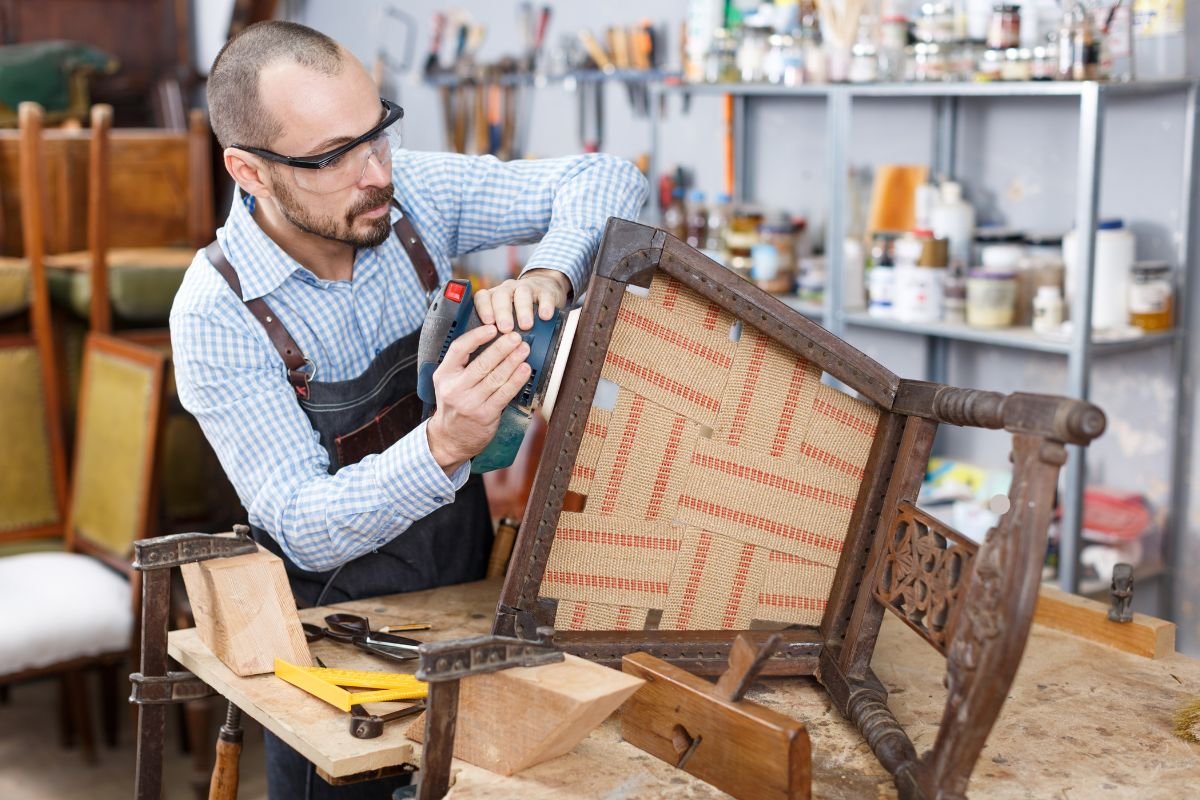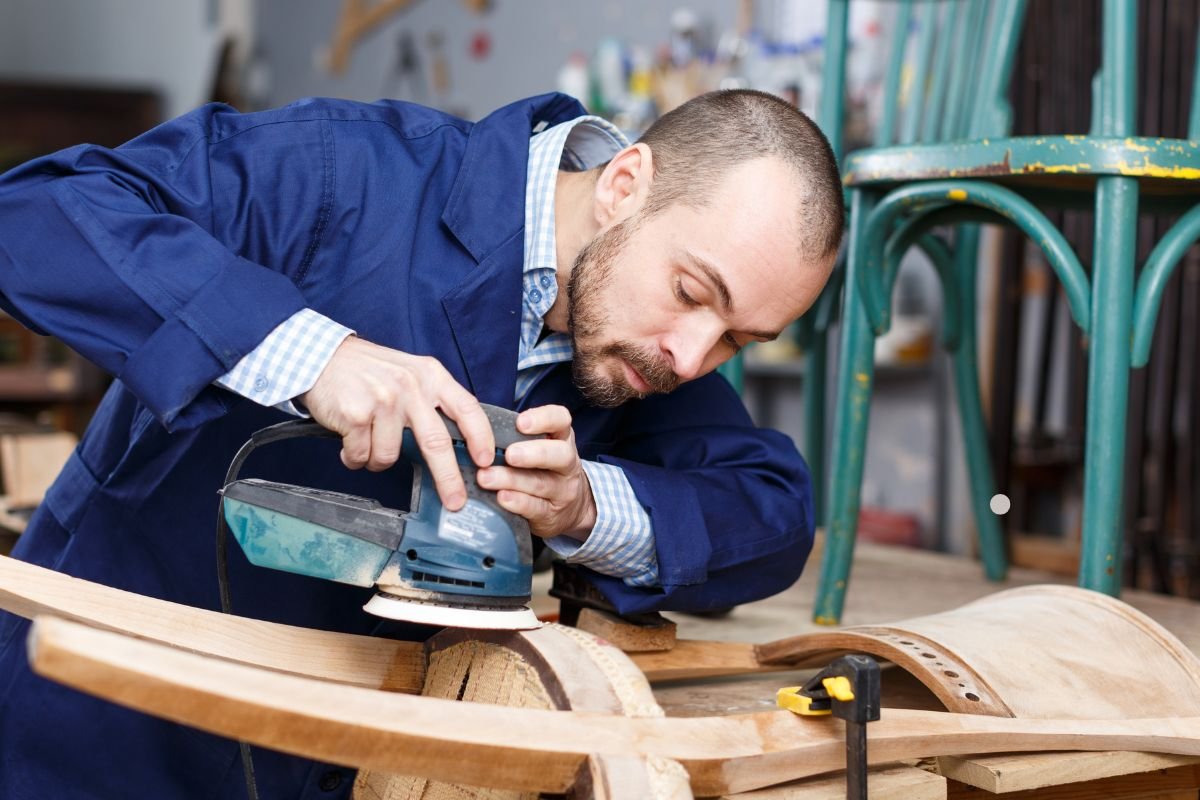
Ever wondered if that old family heirloom chair or the fascinating piece you found at a flea market qualifies as “antique”? You’re not alone! The most widely accepted guideline, particularly within the United States customs regulations and the broader antiques market, is that furniture must be at least 100 years old to be officially considered antique. However, age is just the starting point; other factors also play a crucial role in defining a piece’s significance and value. Let’s dive deeper into what makes furniture antique.
Unlocking the Definition: When Does Furniture Become Antique?
The word “antique” evokes a sense of history, craftsmanship, and value, but defining it precisely can be challenging. Generally, an item is considered antique if it is at least 100 years old—a key benchmark that helps collectors, sellers, and enthusiasts distinguish true antiques from vintage or reproduction pieces. Understanding this classification is essential for assessing an item’s history and worth. If you need expert evaluation, restoration, or repair for your antique furniture, our professional services are here to help!
The 100-Year Rule: The Widely Accepted Standard

Across the board, the 100-year rule is the most common standard used to classify furniture as antique. This benchmark isn’t arbitrary; it originated largely from US customs laws in the early 20th century to distinguish imported goods that were over a century old (and thus often duty-free as cultural artifacts) from newer items. Today, this definition is embraced by antique dealers, appraisers, and collectors nationwide. So, if a piece of furniture was crafted in 1924 or earlier, it officially crosses the threshold into “antique” territory this year. This provides a clear, objective starting line for antique furniture.
Antique vs. Vintage vs. Collectible: Understanding the Differences
It’s easy to get terms mixed up. While related, “antique,” “vintage,” and “collectible” aren’t interchangeable:
- Antique: As established, typically refers to items 100 years old or older.
- Vintage: Vintage furniture refers to pieces that are younger than antiques but still old enough to reflect a distinct past era, typically ranging from 20 to 99 years old. Iconic mid-century modern designs from the 1950s and 60s are classic examples of vintage furniture, evoking nostalgia and a recognizable style. Whether you have a cherished vintage or antique piece in need of restoration, our expert antique repair services can bring it back to life!
- Collectible: This term is broader and based on demand and interest rather than strictly age. A collectible item is simply something people want to collect, regardless of whether it’s 5 years old or 500 years old. Rarity, condition, and cultural significance often drive collectibility.
Understanding these distinctions is key when buying, selling, or simply appreciating older furniture.
Beyond Age: Key Factors That Define an Antique’s Significance
While the 100-year rule is fundamental, several other factors determine if an antique piece is truly significant or valuable:
- Condition: Is the piece well-preserved? Original condition is often preferred, though sympathetic restorations can be acceptable. Major damage or poor repairs can significantly decrease value.
- Rarity: How many similar pieces exist? Unique or rare items are typically more sought-after.
- Craftsmanship & Quality: Was it made by a renowned maker or does it exhibit exceptional skill and high-quality materials for its time?
- Provenance: Can its history or ownership be traced? Documented (like original receipts or family history) can add considerable value and interest.
- Style & Aesthetics: Does it represent a desirable design period like Chippendale, Queen Anne, or Art Nouveau and possess aesthetic appeal?
A piece might be over 100 years old, but its condition, rarity, and historical context ultimately shape its importance in the antiques world.
How Can You Estimate Your Furniture’s Age?
Not sure how old your furniture is? While a professional appraisal is the most accurate way, you can look for clues:
- Construction Techniques: Look for hand-cut dovetail joints (often less perfect than machine-cut), mortise-and-tenon joinery, or the use of wooden pegs instead of modern screws. Research specific to different eras.
- Hardware: Original handles, keyholes (escutcheons), and hinges can be indicative of age. Are screws slotted or Phillips head (Phillips weren’t common until the 1930s)? Is there evidence of hardware being replaced?
- Markings & Labels: Check drawers, back panels, or underneath for maker’s marks, labels, stamps, or signatures. These can sometimes be researched to pinpoint a manufacturer and date range.
- Style: Familiarize yourself with different furniture periods (e.g., Federal, Empire, Victorian, Arts & Crafts). Does the overall design, ornamentation, and wood type match a specific era?
- Wear Patterns: Authentic antiques often show natural wear in expected areas, such as chair arms, drawer fronts, and feet, rather than uniform or artificially distressed finishes. These subtle details can offer valuable clues about a piece’s true age. If you’re unsure, call us today for professional evaluation and restoration
Why Does the “Antique” Label Matter?

Knowing if furniture qualifies as antique is important for several reasons:
- Value: Genuine antiques often hold significant monetary value, especially if they possess the key factors mentioned earlier (condition, rarity, etc.).
- Insurance: Properly identifying antiques is crucial for insurance purposes to ensure adequate coverage in case of damage or loss. Standard homeowner policies may not fully cover the replacement value of true antiques.
- Historical Significance: Antiques are tangible links to the past, offering insights into historical lifestyles, craftsmanship, and design trends.
- Restoration & Care: Understanding that a piece is antique informs proper care and restoration approaches. Aggressive or inappropriate repairs can destroy its character and value.
- Legal Definitions: As mentioned, customs and sometimes other legal contexts rely on the 100-year definition.
The “antique” designation signals more than just age; it points towards potential cultural, historical, and financial significance.
Bringing It All Together: The Antique Furniture Timeline
How old does furniture need to be to qualify as an antique? The clear answer is 100 years—the standard benchmark in the USA for formal classification. However, age alone doesn’t determine value or desirability. Factors like condition, rarity, craftsmanship, provenance, and style all play a role in a piece’s significance. Whether you’re inheriting a family heirloom, exploring estate sales, or admiring historical designs, understanding what makes furniture antique adds depth to the experience. Need expert restoration or appraisal? Call us today!
Frequently Asked Questions About Antique Furniture Age
Is furniture from the 1920s considered antique?
As of today, furniture made in the early 1920s (e.g., 1924 or before) is just crossing the 100-year threshold and would generally be considered antique. Pieces from the later 1920s are rapidly approaching antique status and are often highly valued as high-quality vintage or Art Deco items.
What’s the difference between Retro and Vintage furniture?
“Vintage” typically refers to items 20-99 years old representing the style of their era. “Retro” usually describes newer items (less than 20 years old) designed to imitate the style of a previous era (often vintage periods like the 50s, 60s, or 70s). So, vintage is genuinely old; retro is new but looks old.
Does refinishing furniture decrease its antique value?
It depends heavily on the piece and the quality of the refinishing. For very rare or historically significant pieces, original finish (patina) is often highly desirable, and refinishing can decrease value. However, if a piece is in poor condition or the original finish is badly damaged, careful, professional refinishing or restoration might improve its appearance and potentially its value, especially for functional pieces. Always consult an expert before undertaking major work.
Where can I get my furniture appraised?
Find a certified appraiser who specializes in antiques and personal property. Organizations like the Appraisers Association of America (AAA) or the International Society of Appraisers (ISA) provide directories of qualified professionals. A formal appraisal is the most reliable way to determine an item’s true value for insurance, resale, or estate planning. Need assistance? Contact us today!
